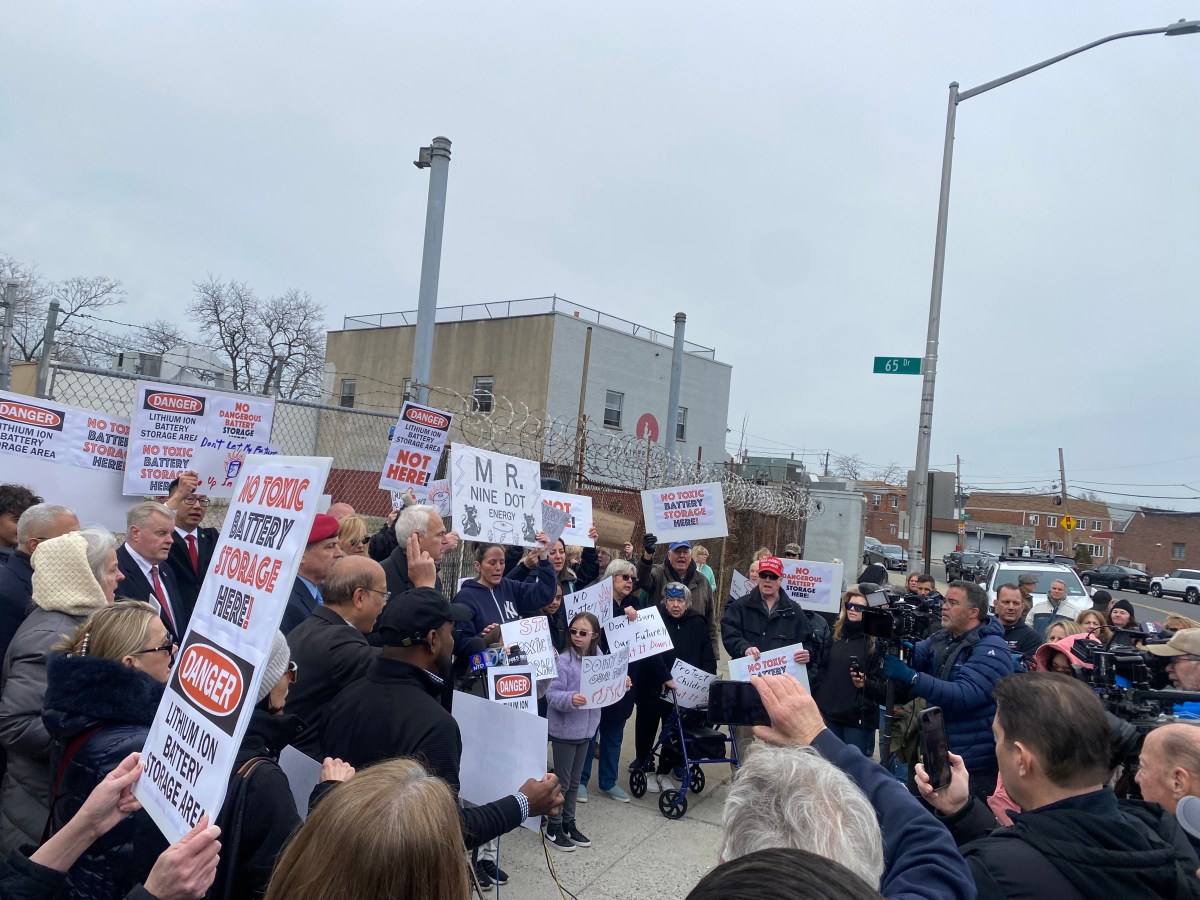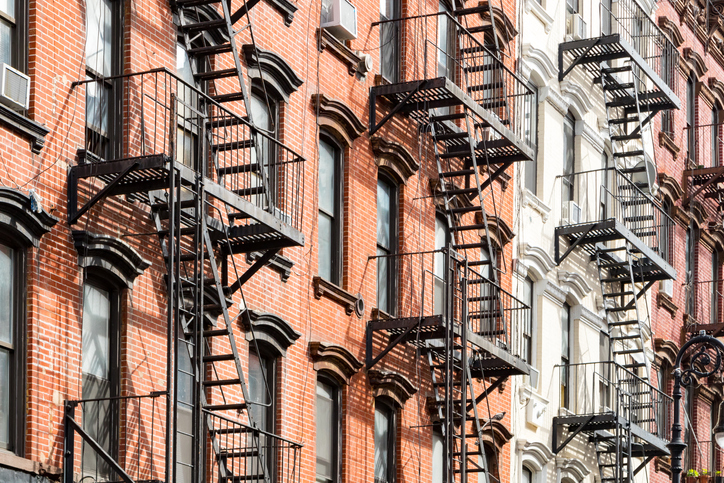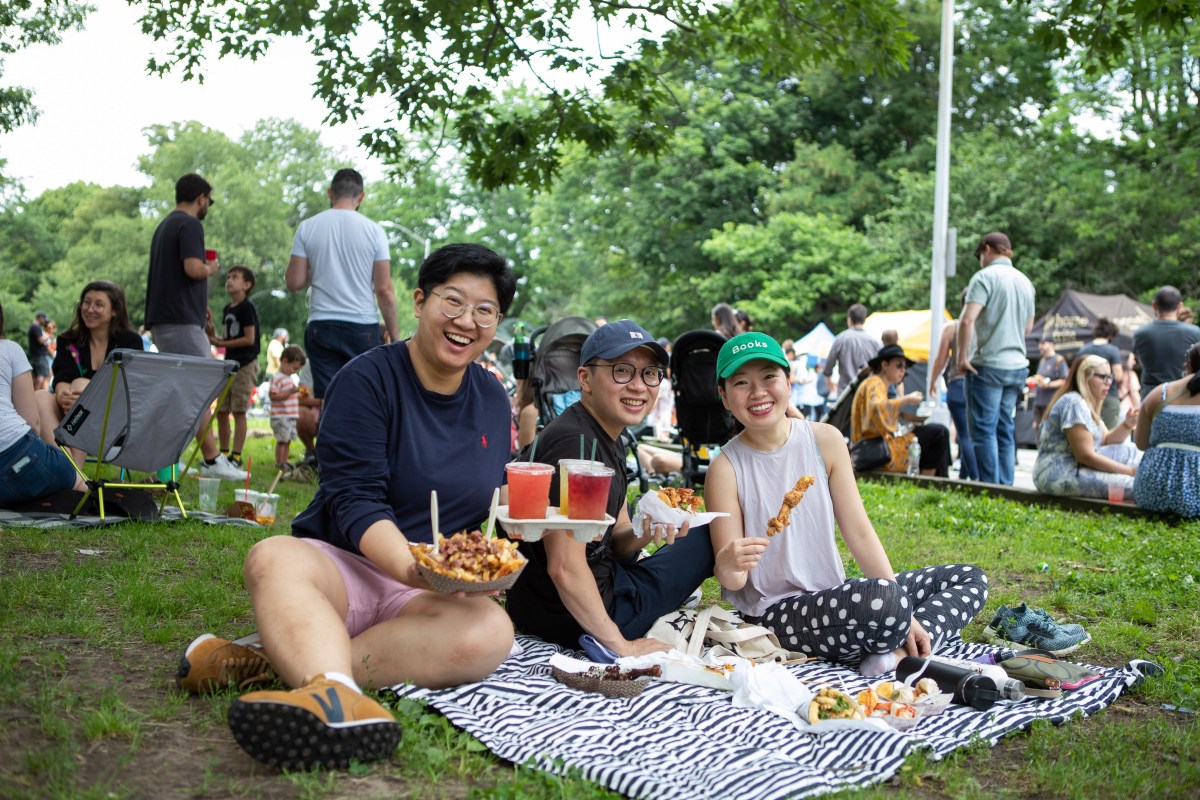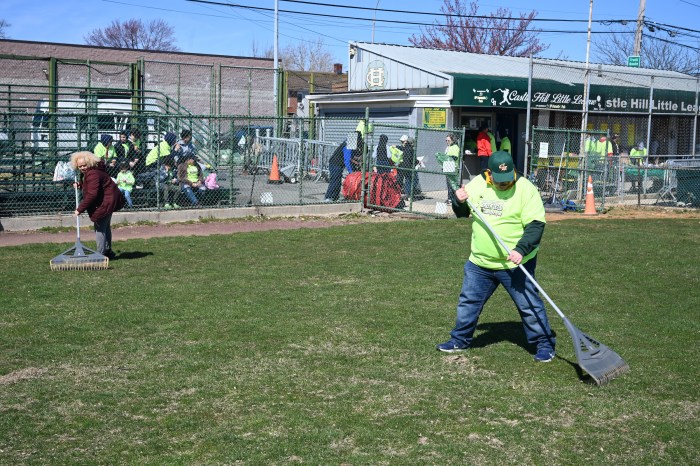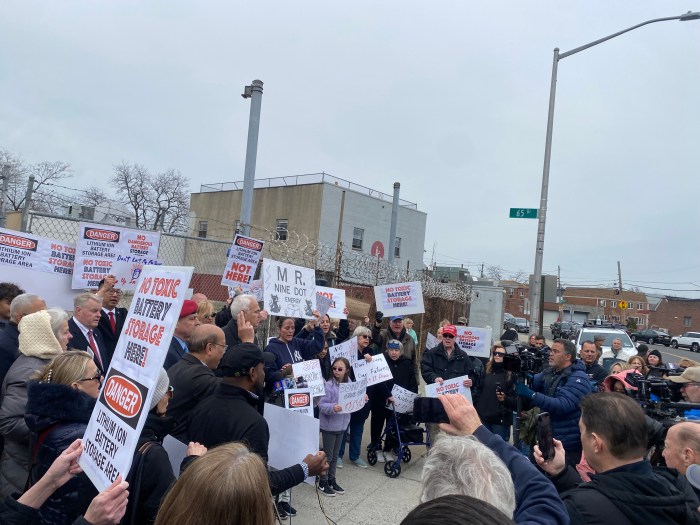BY Michael Mandelkern
Eager tourists from across the world flock to the famously cheap shops on Canal Street with cash in hand, but the side streets of Baxter and Centre look lonely and forgotten, something that hasn’t gone unnoticed.
The Chinatown Working Group, a community-based group of 52 organizations with the common goal of improving Chinatown’s culture, infrastructure and quality of life, presented Chinatown zoning modification ideas at last Thursday’s Community Board 2 Land Use and Business Development Committee meeting.
Michael Levine, an urban planner who works for Community Board 1 and co-chair of C.W.G.’s zoning working team, presented the Economics Working Team’s plans for a small section between Walker and Grand Streets crossing Lafayette and Baxter Streets, a part of the M1-5B district.
Their presentation at the C.B. 2 meeting was not a formal proposal and does not represent the view of the entire C.W.G. but was rather intended to spark discussion and feedback. The full C.W.G. will meet on September 13 to vote on a collective proposal and is expected to hire a planning consultant by October.
Once the zoning proposal is finalized the C.W.G. will present a 197a plan, which allows community boards to present plans to develop and improve a neighborhood, to the Department of City Planning for approval.
Groups on zoning teams within the C.W.G. are promoting several interests, most prominently commercial and residential development, more community-based infrastructure, preserving low-income housing and shielding the neighborhood from gentrification.
Under the current proposal there would be “special clauses,” said Zella Jones, vice chair of the C.W.G.’s Economic and Transportation Working Team, to protect rent-stabilized units, which make up approximately 15 percent of residences.
But Mae Lee, co-chair of the C.W.G.’s Immigration and Social Services working team and director of the Chinese Progressive Association, believes “that doesn’t solve the whole problem,” emphasizing the need, especially amongst Chinese immigrants, for even more affordable housing in Chinatown.
The proposed rezoning called for allowing buildings to have a larger floor area ratio, which would allow construction of bigger buildings. Current restrictions prohibit a foundation wide enough to support large structures.
Jones designated vacant lot areas, with less than 20 percent of the space being used, particularly between Baxter and Centre Streets crossing Hester Street, and a Department of Citywide Administrative Services-owned space between Lafayette and Centre on Howard Street, for future development. “The D.C.A.S. is a federal building but hopefully they sell their space,” she said.
While one woman at the meeting expressed concern that Canal Street is too congested to attract more business, Jones called her opinion a “false assumption” because she believed the woman exaggerated the crowds.
“The area is really in need of revitalization,” said Douglas Woodward, head of the Chinatown Business and Property Owners Group, which is a C.W.G. member.
According to him, many buildings in the area, especially on Baxter Street, have businesses on the ground floor while the rest of the low-rise buildings are decrepit and sometimes unoccupied. Woodward believes redevelopment is the remedy.
“We want to make the area more desirable to real estate investors. It has potential,” he said.
There are no height caps in the M1-5B district and, as of now, no working team has proposed one of their own. “The new M1-5B model is similar to what Tribeca has done,” said Jones.
If property owners invest in and develop higher buildings then retail stores and restaurants could open, offering work to the community and attracting people into modernized apartments, increasing property values.
Current zoning restrictions only allow for a small building surface area and Woodward is pushing for a more lenient restriction to allow for expanded growth. But the Coalition to Protect Chinatown and Lower East Side, a C.W.G. member, represents low-income residents and is resistant to potential tourism and the interests of developers and opposes those standards.
“There are ways to develop space along Canal Street without damaging the neighborhood fabric and setting up vibrant stores,” asserted Woodward.
Chinatown used to flourish with manufacturing businesses, including garment factories, that provided jobs to local residents, but many of them were shut down fifteen years ago primarily due to outsourcing and a drop in demand for the factories. About 20,000 workers became unemployed and service businesses, such as dry cleaning, that the employees would frequent suffered in the process.
“All that stuff has left. We’re just trying to replace it,” said Zella Jones.
9/11 poured salt on the neighborhood’s wounds once strict vehicle access to the area slowed down businesses, especially those that relied on trucks.
“We want to encourage continued growth. Change has to happen,” said Levine.
“These meetings are educational, to make sure people understand the issues. We encourage people to contact us if they have more questions,” said Levine.
But Woodward doesn’t believe their good intentions have been beneficial. “I was disappointed that it got too detailed; people tend to focus too much on details. This is an ongoing discussion,” he said.
He already senses deep policy divides with the C.W.G. and said negotiation is “already difficult.” He did, however, call the community-based group’s transparency “a positive thing.”
Jim Solomon, co-chair of the C.W.G., emphasized that while the zoning proposals are highly significant the planning initiative stretches beyond just zoning. “Our goal is for Chinatown to self-determine its future,” said Solomon.











